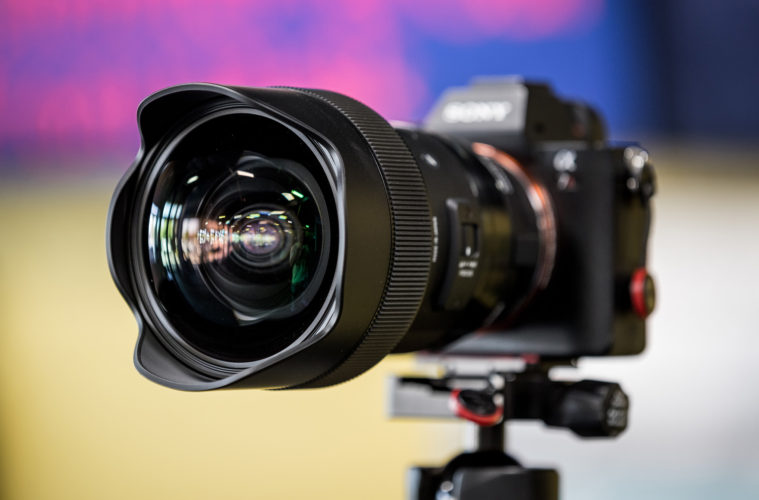I’ll be the first to admit that I am not a seasoned landscape, real estate, or astro photography shooter. My main area of expertise lies more in portraiture. However, I couldn’t pass up the opportunity to review the new Sigma 14mm 1.8 Art series lens. I had the lens for a few weeks, and here are my thoughts on it. This review will be much more concise then a typical portrait lens review. I’m no expert, and I don’t want to act like one, but I can easily recognize the pros and cons of the Sigma 14mm 1.8.
It doesn’t take a genius to realize that the new Sigma 14mm 1.8 was going to be a beast of a lens. It is the largest aperture super wide-angle lens currently on the market at a maximum aperture of f/1.8. For astro photographers, this could mean much cleaner images. Compared to even an f/2.8 lens, instead of shooting at ISO 3200, they could shoot at ISO 1250 and achieve a much cleaner image. Comparing to an f/4 lens creates an even cleaner image.
Pros
- f/1.8 aperture beats all other wide angle lenses
- Lower ISO images can be achieved
- Very sharp from end to end
- Weather sealed
- Built very well
Cons
- Huge front element requires third part adapter for filters
- Very heavy for a prime lens
- Definitely a niche focal length
Sigma 14mm 1.8 Art || Amazon (USA) || Adorama (WORLDWIDE)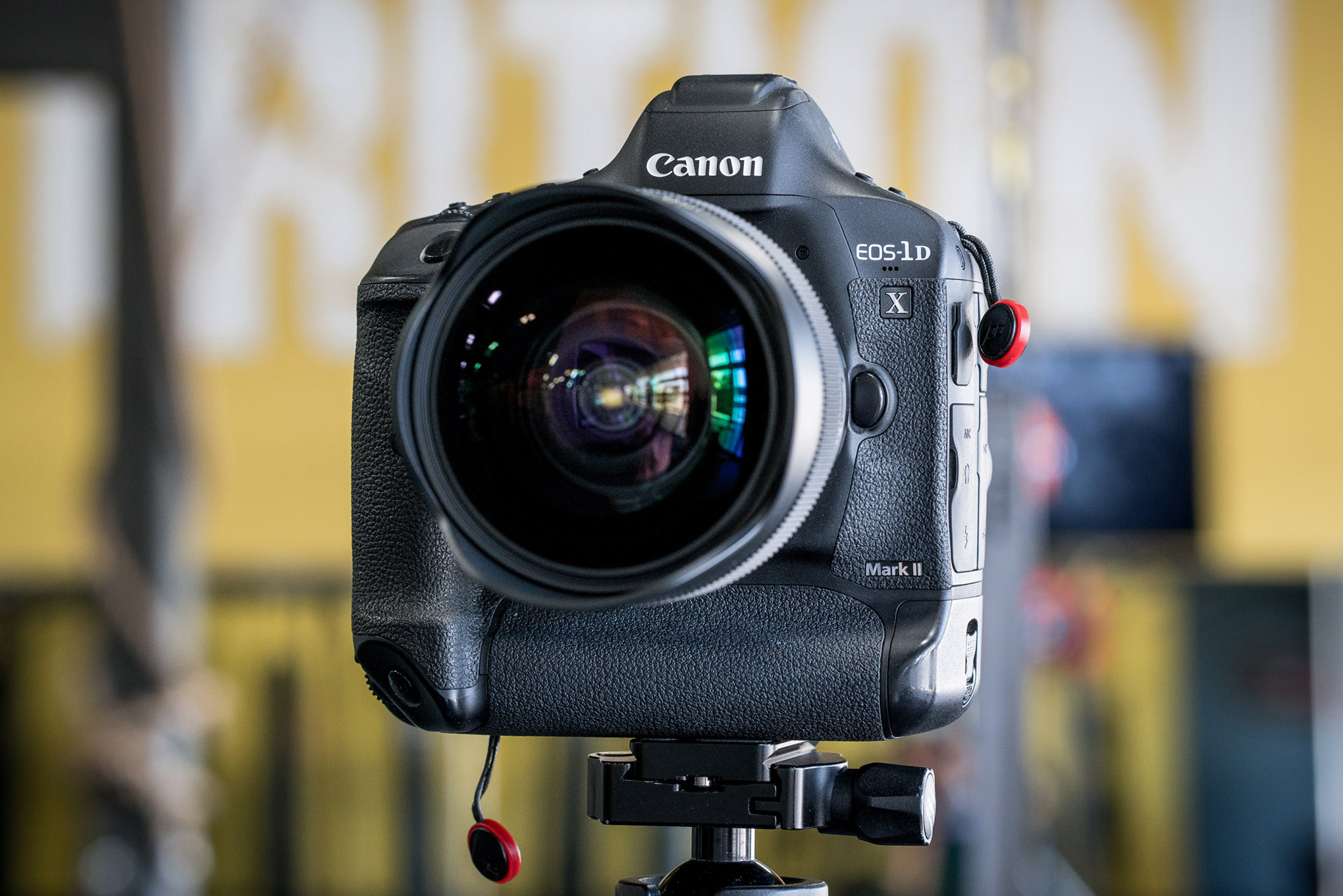
Sigma 14mm 1.8 | Build Quality and Ergonomics
The build quality on the Sigma 14mm 1.8 is second to none. This lens overtakes most Canon L lenses in the build department. As with all other Sigma Art lenses, the 14mm is also made from a nearly full metal construction. Because of that, the Sigma 14mm 1.8 comes in at a whopping 2.57 lbs., is almost 5 inches long, and is 3.76 inches wide. Yes, it’s a large prime lens. It is a trade-off that must be made though for that extremely wide aperture of f/1.8. No other 14mm even comes close.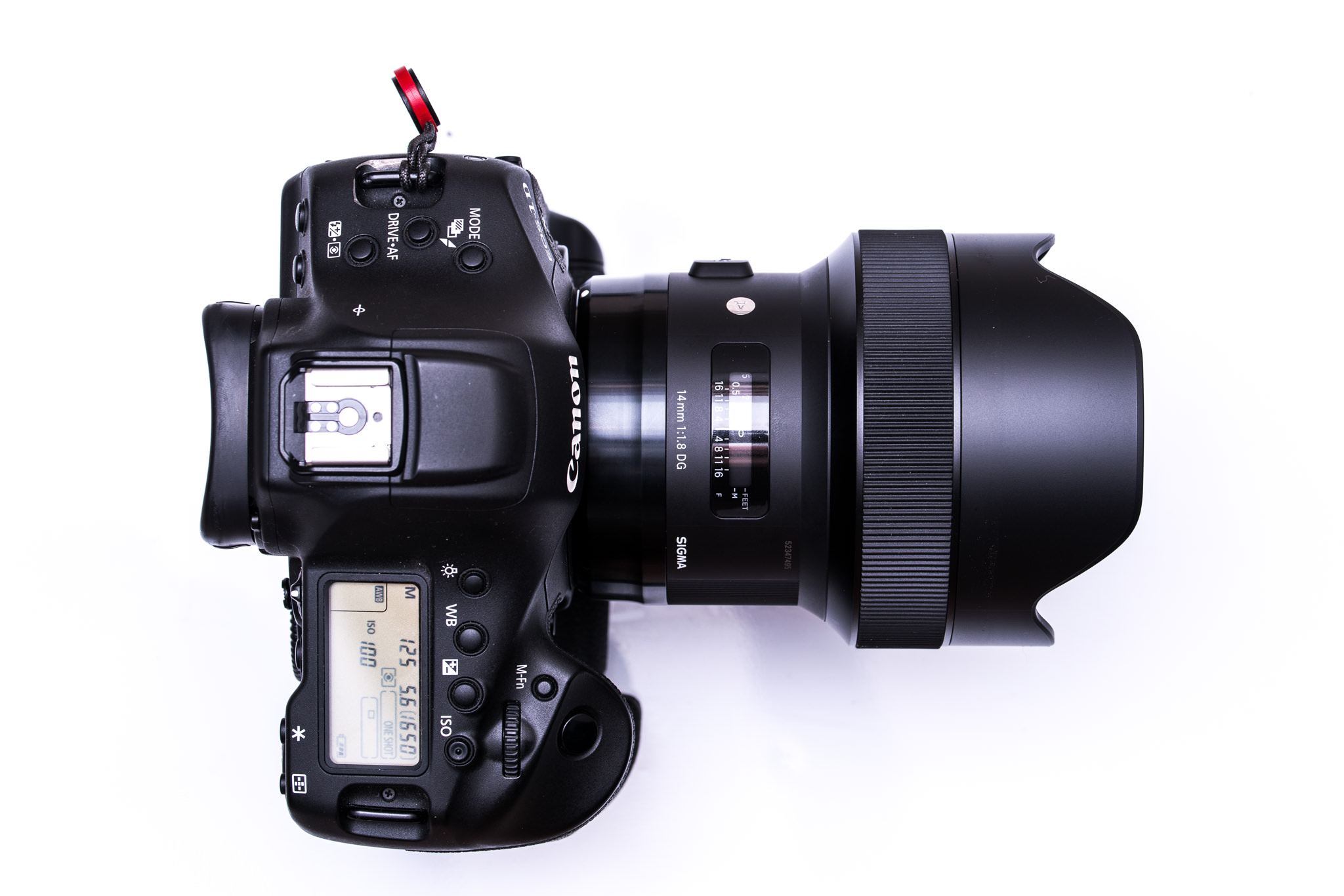
While I cannot say just how weather sealed the Sigma 14mm 1.8 is, Sigma has been including rubber seals on their Art mounts as of late, including here. Sigma claims it to be dust and splash resistant.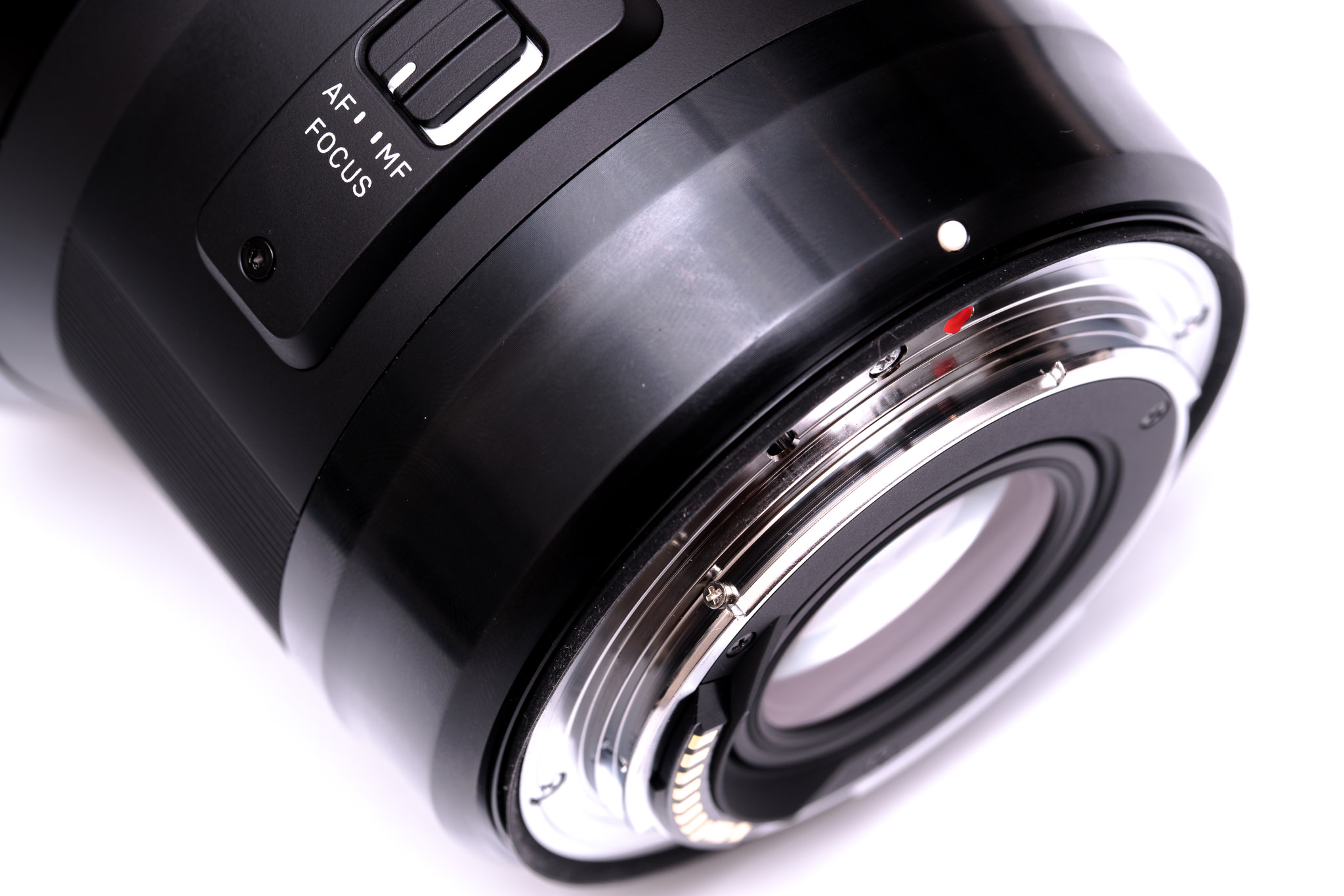
There is no filter size on the Sigma 14mm 1.8 because of its bulbous front element. Because of this you will need to buy a third-party filter adapter if long exposure photography is what you do. The lens hood is also built into the lens itself, which is pretty standard when the front element is that bulbous.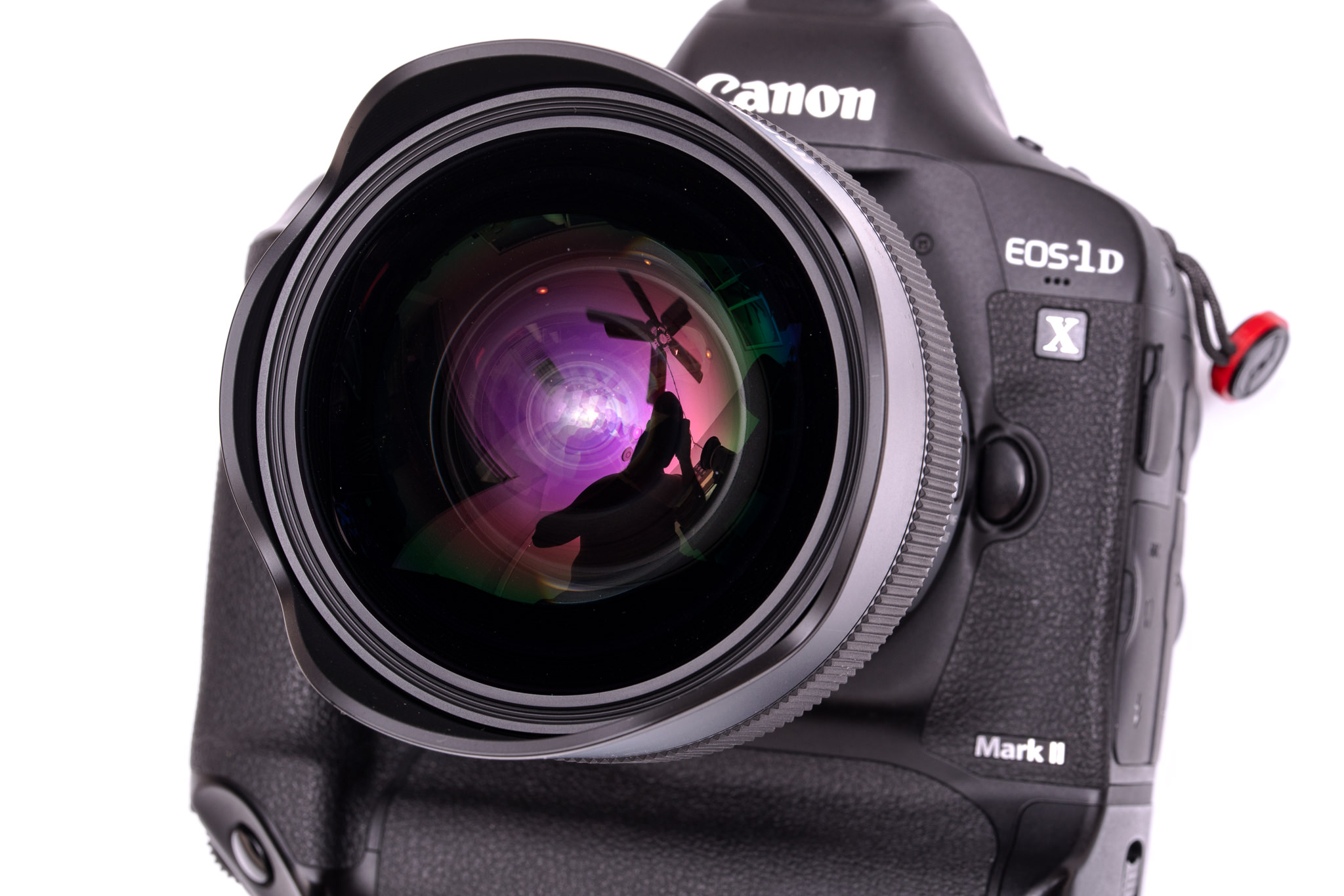
Sigma 85mm f/1.4 Art Review
Ergonomically, the Sigma 14mm 1.8 feels pretty good. Because of its girth, it is easy to hold in the hand. If you choose to adapt it to a Sony body, the combination will be extremely front heavy. While not a deal breaker, it is something that you need to be aware of. While I am not used to a manual focus ring being in the position and it’s on the Sigma 14mm 1.8, I wouldn’t say that it messes with the ergonomics. It is just something you will need to get used to. Because of the step up design though, I like to place my hand just under the focus ring. This was most comfortable to me. In the situations where I used manual focus, the throw of the ring was just fine for my needs, and I cannot complain about the smoothness of its rotation either. It is well dampened and nice to turn.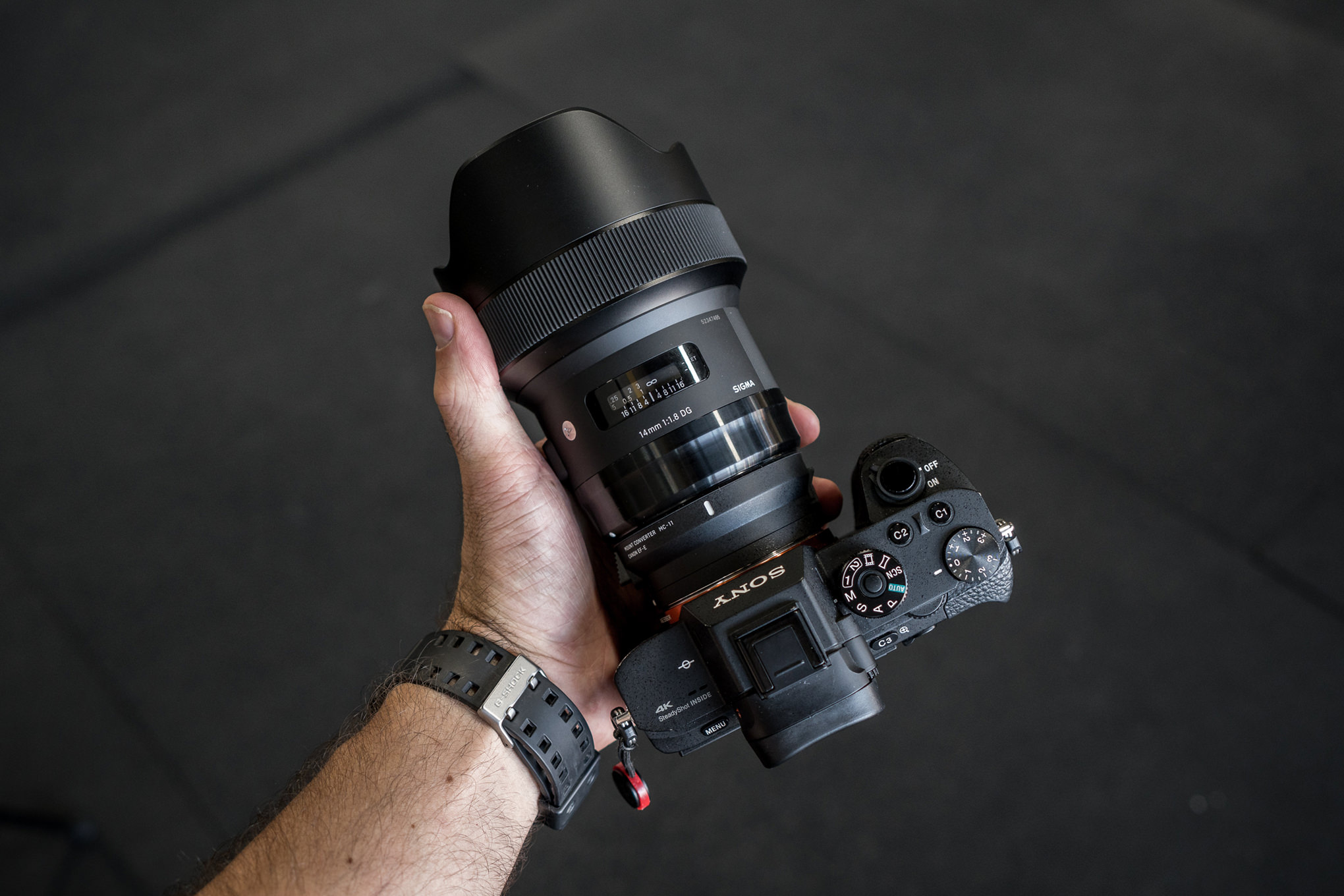
Sigma 14mm 1.8 | Features
The Sigma 14mm 1.8 has an aperture range of f/1.8-16. I did find that I was able to get some nice out of focus backgrounds when shooting very close to a subject, but that is not the intended use for this lens. Most lenses are sharpest one or two stops closed down from their maximum aperture, which seems to be around f/4. I think that this is a positive for landscape photographers, as they will be able to use lower ISO’s than say an f/4 lens for optimal sharpness.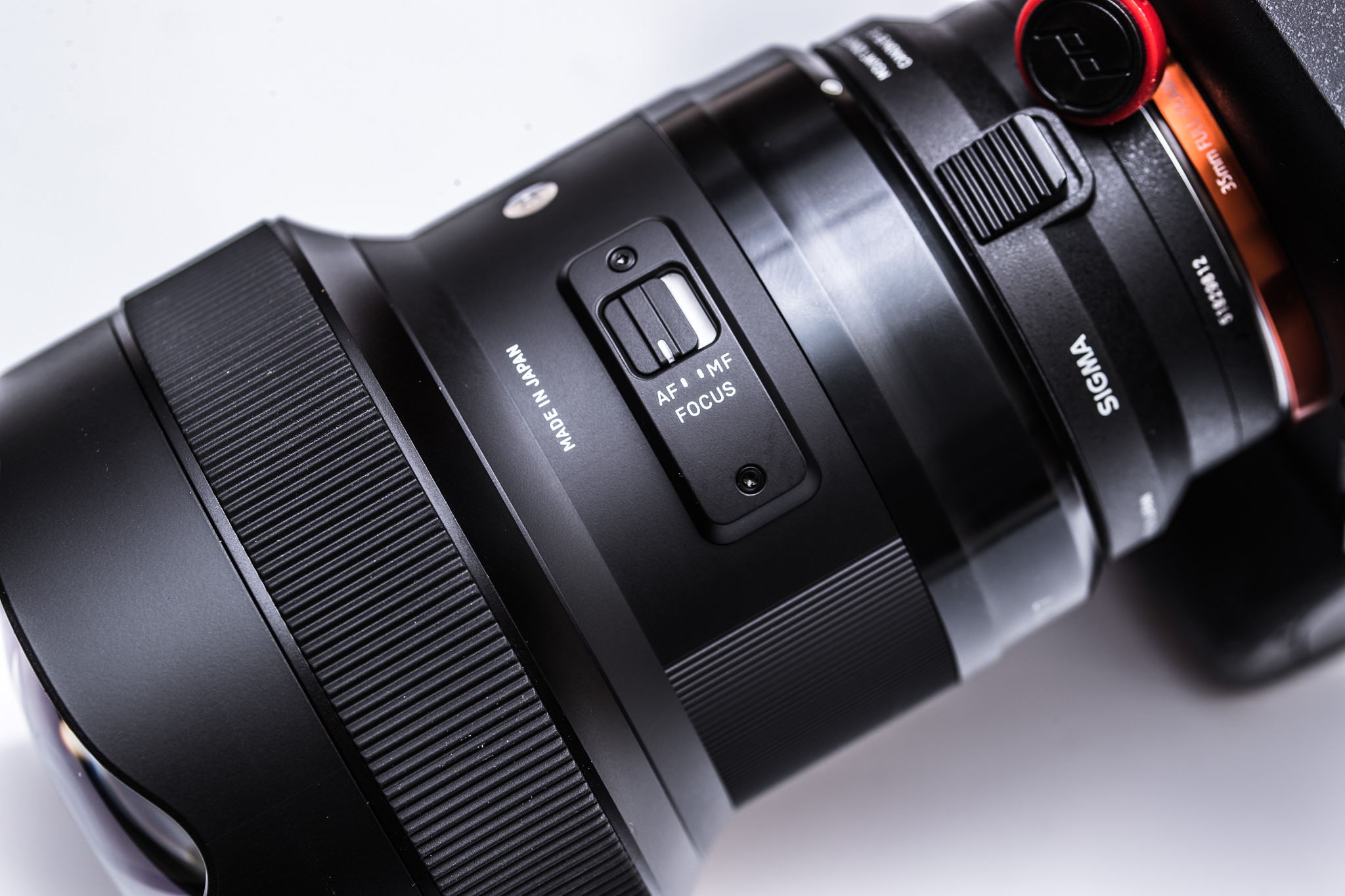
The only switch on the Sigma 14mm 1.8 is the AF/MF switch. There is also no image stabilization on this lens, but do you really don’t need it, as most shots will be on a tripod. I did adapt the Sigma 14mm 1.8 to the Sony A7rII quite a bit, and you’ll gain the Sony’s sensor stabilization if you do the same.
Sigma 14mm 1.8 | Performance and Image Quality
Autofocus
I found autofocus to be very quick and snappy on the Sigma 14mm 1.8. That is going to be the case with most wide-angle lenses. When adapted to the Sony A7rII, autofocus was definitely slower, but the MC-11 adapter did its job. I would feel comfortable using that combination in a real estate, landscape, or astro environment any day (or night)! Autofocus isn’t silent though, and the typical Sigma focusing noise can be heard. Keep this in mind if you are a video shooter. This autofocus noise isn’t very loud though, and you won’t notice it if your subject is mic’d up or you’re using an off-camera audio microphone. Paired with Canon’s DPAF (Dual Pixel Autofocus), the Sigma 14mm 1.8 did great.
Sharpness
Sigma typically pulls out all the stops when it comes to sharpness on their Art series of lenses. The Sigma 14mm 1.8 is no different. Even at f/1.8, sharpness was great from corner to corner. Stop this lens down and it will knock your socks off, especially when paired with a fantastic sensor.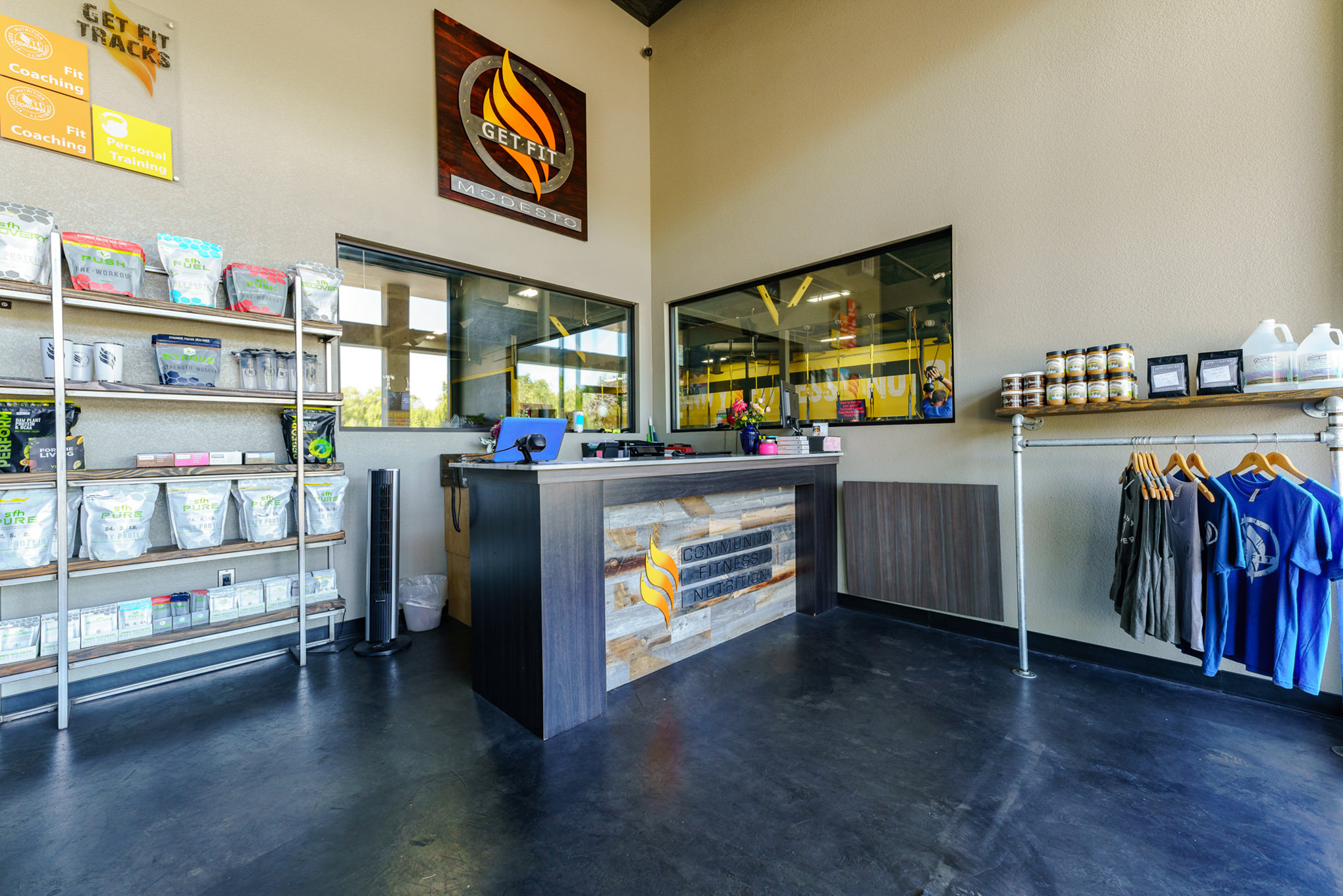
Bokeh
While out of focus backgrounds and for grounds really don’t apply to a super wide-angle lens, some bokeh can be achieved the f/1.8 aperture. In order to get that blurry background so, you are going to have to get so close to your subject that they are going to appear extremely distorted. I wouldn’t recommend it, and the Sigma 14mm 1.8 isn’t meant for that application.
Contrast, Colors, Chromatic Aberration
Sigma really shines when it comes to their contrast, lack of flaring, and lack of CA. Because the Sigma 14mm 1.8 will probably be shooting into the sun much of the time in landscape photography, these characteristics are really important. My schedule did not permit me to get out and shoot landscape that much, but in my limited shooting against the sun, flaring and chromatic aberration seemed to be controlled very well. Contrast is a characteristic that Sigma really excels that in my opinion; the Sigma 14mm 1.8 is no different.
Probably the single characteristic that is most noticeable on a super wide-angle lens is its distortion. Wow virtually impossible to eliminate completely, I feel as though Sigma has done a very good job at limiting distortion in the frame. Yes, subjects are going to be elongated on the edges of the frame. If you can get back from your subject anyways though, this distortion is fairly well controlled, especially for a sub $2,000 lens.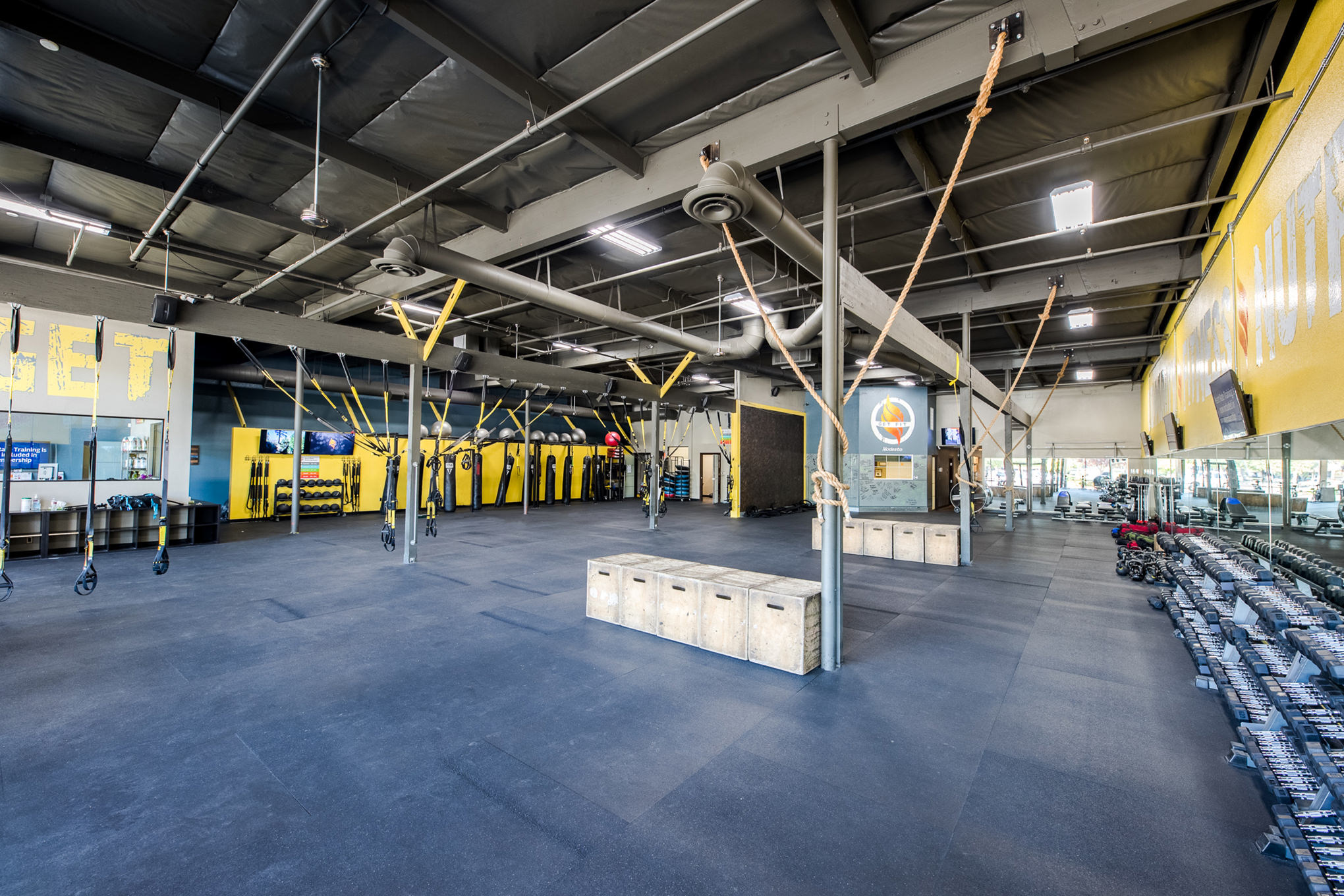
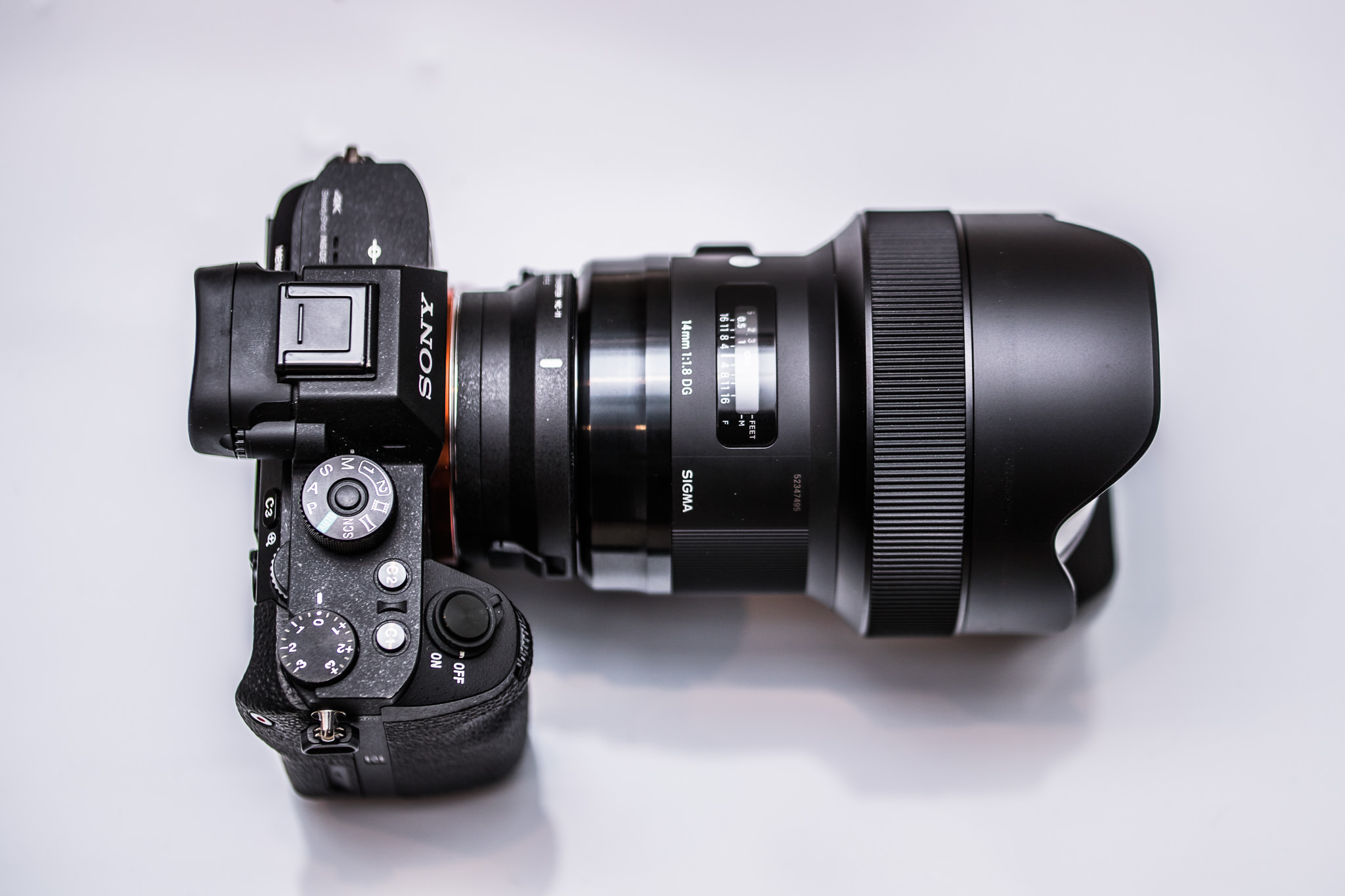
Sigma 14mm 1.8 | Value
The Sigma 14mm 1.8 comes in at $1,599 in the U.S. Consider that the Canon 14mm f/2.8L II is selling new for $2,099, and the Nikon 14mm f/2.8D ED comes in at $1,891. The Sigma 14mm 1.8 is significantly less expensive than both lenses. Yes, it is bigger. For the extra 1 1/3 stops of light, amazing sharpness, great build, I would have no problem recommending the Sigma. At f/2.8, I’d recommend getting the Canon 16-35mm f/2.8L III at $1,999. You’ll get great versatility in the zoom range. However, if lower ISO’s or a larger maximum aperture is needed, there is really only one choice.
Conclusion
The uniqueness of the Sigma 14mm 1.8 Art lens can’t be understated. No other lens in this focal length can even come close to its maximum aperture of f/1.8. Its sharpness is fantastic. It is large though, and a filter adapter also has to be used. If optimal image quality is more important to you, you’ll also save some money with the lower price of the Sigma. If versatility is needed, I would recommend a 16-35mm. If you know your niche and need a near perfect 14mm lens though, grab the Sigma 14mm 1.8 and don’t look back.
If you’d like to purchase the Sigma 14mm 1.8 Art lens, please consider using our affiliate links below. We make a few dollars when you use our links, and it helps The Brotographer make more content like this.

